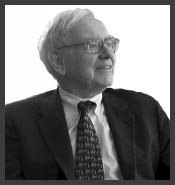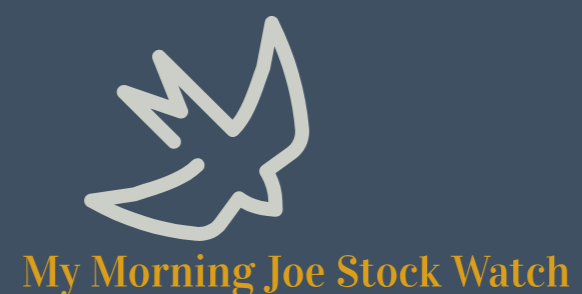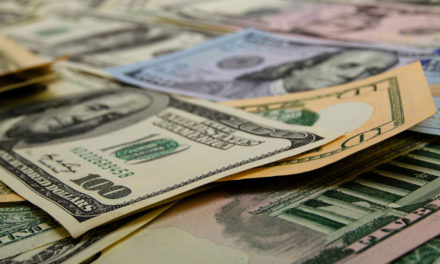
“Only buy something that you’d be perfectly happy to hold if the market shut down for 10 years.”
— Warren Buffett
The wisdom of Warren Buffett reflects a value-based philosophy about investing that says investors are buying shares in a business, and encourages strategic thinking about investment time horizon. Before placing a buy order for a stock, a great question we can ask is whether we would still be comfortable making the investment if we couldn’t sell it for many years?
A “buy-and-hold” approach may call for a time horizon that spans a long period of time — maybe even lasting for a decade-long holding period. Suppose such a “buy-and-hold” investor had looked into buying shares of Goldman Sachs Group Inc (NYSE: GS) back in 2014. Let’s take a look at how such an investment would have worked out for that buy-and-hold investor:
| Start date: | 12/31/2014 |
|
|||
| End date: | 12/30/2024 | ||||
| Start price/share: | $193.83 | ||||
| End price/share: | $573.55 | ||||
| Starting shares: | 51.59 | ||||
| Ending shares: | 62.86 | ||||
| Dividends reinvested/share: | $57.85 | ||||
| Total return: | 260.53% | ||||
| Average annual return: | 13.67% | ||||
| Starting investment: | $10,000.00 | ||||
| Ending investment: | $36,038.23 | ||||
As we can see, the decade-long investment result worked out quite well, with an annualized rate of return of 13.67%. This would have turned a $10K investment made 10 years ago into $36,038.23 today (as of 12/30/2024). On a total return basis, that’s a result of 260.53% (something to think about: how might GS shares perform over the next 10 years?). [These numbers were computed with the Dividend Channel DRIP Returns Calculator.]
Notice that Goldman Sachs Group Inc paid investors a total of $57.85/share in dividends over the 10 holding period, marking a second component of the total return beyond share price change alone. Much like watering a tree, reinvesting dividends can help an investment to grow over time — for the above calculations we assume dividend reinvestment (and for this exercise the closing price on ex-date is used for the reinvestment of a given dividend).
Based upon the most recent annualized dividend rate of 12/share, we calculate that GS has a current yield of approximately 2.09%. Another interesting datapoint we can examine is ‘yield on cost’ — in other words, we can express the current annualized dividend of 12 against the original $193.83/share purchase price. This works out to a yield on cost of 1.08%.
One more piece of investment wisdom to leave you with:
“The most important thing about an investment philosophy is that you have one.” — David Booth



